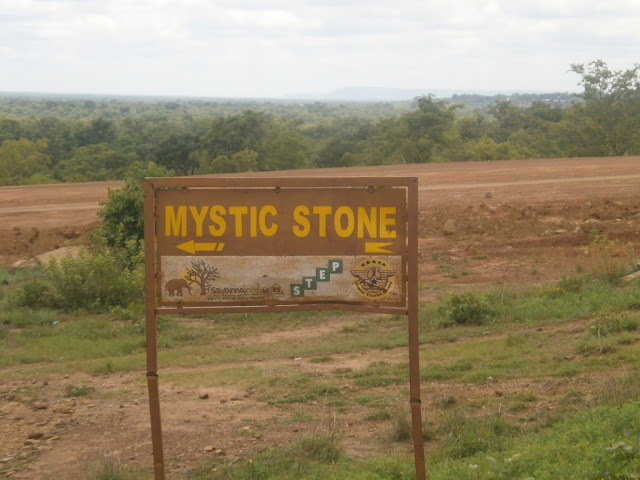One of the most wonderful geologic features in
the world is the Ausangate Mountain of the Peruvian Andes. The mountain is
striped with colors ranging from turquoise to lavender to maroon and gold.
However, this "painted mountain" is notoriously difficult to find and
get to, requiring several days of hiking to reach its peak deep within the
Andes by way of Cusco. The mountain sits at an elevation of 6,384 meters and is
located approximately 100 km southeast of the major city Cusco. The local area
is rich in geology, from uplifted granitic cliffs to glaciers which have eroded
large valleys and the cretaceous limestone "forest" nearby. Rainbow
Mountain Peru turned out not to be the beautiful natural wonder that you see on
the tourism posters in Cusco.
It was quite the opposite. But we’ve made it
back in one piece to now provide a warning to other travelers considering a
Rainbow Mountain day tour. Rainbow Mountain is a colorful mountainside in the
Andes of Peru. In short, the colors you see were formed by sedimentary mineral
layers in the mountain that have been exposed by erosion. The Rainbow Mountain
trailhead is located a 3-hour drive from Cusco, where day trips have recently
grown quite popular. Rainbow Mountain turned out a true natural wonder, also
known as Vinicunca, has become a major touristic attraction. The painted
Ausangate Mountain is also considered to be holy and believed to be the
deity of Cusco by local Peruvians. It is a site of daily worship and offerings
by local citizens.
Every year thousands of Quechua pilgrims visit
the Ausangate Mountain for the Star Snow festival which takes place a week
before the Corpus Christi feast. The Andes are an incredibly complex mountain
chain that extends along the western edge of the South American continent. The
subduction of the Nazca plate underneath the South American plate initiated
mountain building and uplift of the mountain range. This produced significant
volcanism and the introduction of rare and varied mineralogy to the Andes
Mountains. The reason we see the rainbow coloration in the stratigraphic layers
of the Ausangate Mountain is mainly due to weathering and mineralogy. Red
coloration of sedimentary layers often indicates iron oxide rust as a trace
mineral. Alike to how a nail will rust and turn red when oxidized, sediments
that are iron rich will change when exposed to oxygen and water. This, in
combination with uplift and tectonically driven crustal shortening has tilted
the sedimentary layers on their side exposing stripped stratigraphic intervals.
The different coloration is due to diverse
environmental conditions and mineralogy when the sediment was originally
deposited and subsequently diagenetically altered. Moreover, introduction of
goethite or oxidized limonite will introduce a brownish coloration to
sandstones. Thus, the bright yellow coloration could be due to iron sulphide as
trace minerals within the pore cement. Further, chlorite will often color
sediments varying shades of green dependent on diagenetic history and
concentration. What was simply a calm mountain in the Andes is now inundated
with hundreds of tourists who all ascend in droves from Cusco to get their
Instagram able shot of the colorful mountain. Though Rainbow Mountain may look good-looking
in the photos, we recommend NOT pursuing this hike if it’s been raining and/or
until trail improvements are made. It’s not just a strenuous trek. It can be
downright dangerous, as evidence by the numerous people witnessed hobbling back
to their tourist shuttle.





















































